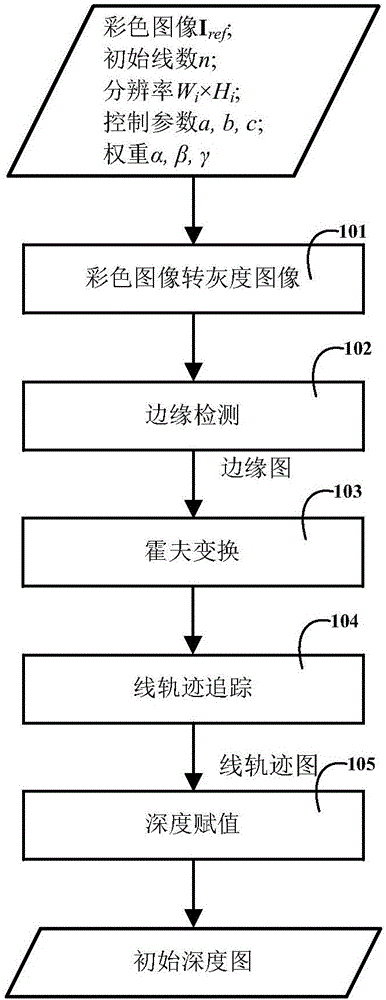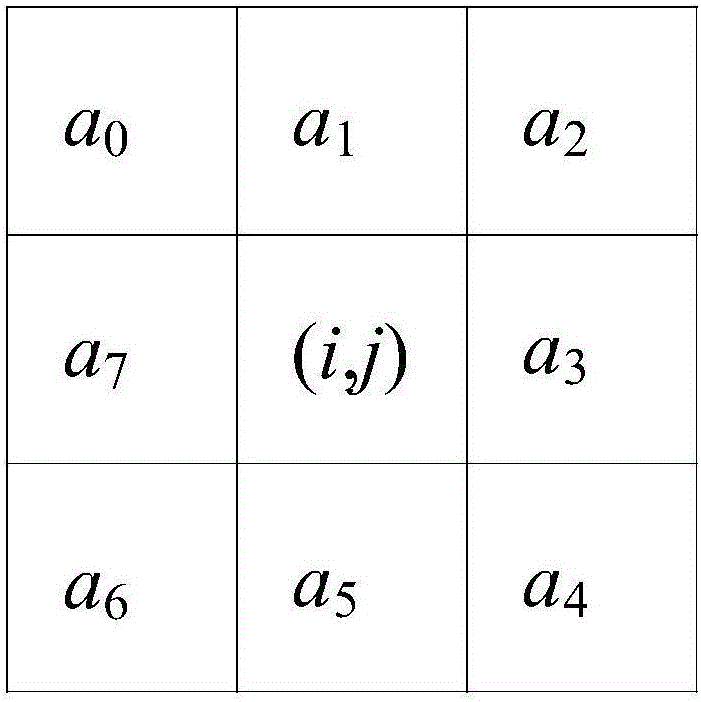A depth estimation method based on relative height depth cues
A technology of depth estimation and depth cues, applied in the field of depth estimation based on relatively high depth cues, can solve the problems of depth map accuracy to be improved, depth value inconsistency, etc., to achieve the effect of good smoothing strength, improved accuracy, and improved quality
- Summary
- Abstract
- Description
- Claims
- Application Information
AI Technical Summary
Problems solved by technology
Method used
Image
Examples
Embodiment Construction
[0041] Specific embodiments of the present invention will be described below in conjunction with the accompanying drawings, so that those skilled in the art can better understand the present invention. It should be noted that in the following description, when detailed descriptions of known functions and designs may dilute the main content of the present invention, these descriptions will be omitted here.
[0042] figure 1 It is a flow chart of a specific embodiment of the depth estimation method based on relative height and depth clues in the present invention.
[0043] In this example, if figure 1 As shown, the depth estimation method based on relative height depth cues in the present invention includes: depth estimation based on line trajectory tracking 1, visual attention calculation 2, joint bilateral filtering 3, and superposition 4 of depth maps. The whole method is input as a color image of a video sequence, and the output is the final depth map.
[0044] In depth e...
PUM
 Login to View More
Login to View More Abstract
Description
Claims
Application Information
 Login to View More
Login to View More - R&D
- Intellectual Property
- Life Sciences
- Materials
- Tech Scout
- Unparalleled Data Quality
- Higher Quality Content
- 60% Fewer Hallucinations
Browse by: Latest US Patents, China's latest patents, Technical Efficacy Thesaurus, Application Domain, Technology Topic, Popular Technical Reports.
© 2025 PatSnap. All rights reserved.Legal|Privacy policy|Modern Slavery Act Transparency Statement|Sitemap|About US| Contact US: help@patsnap.com



